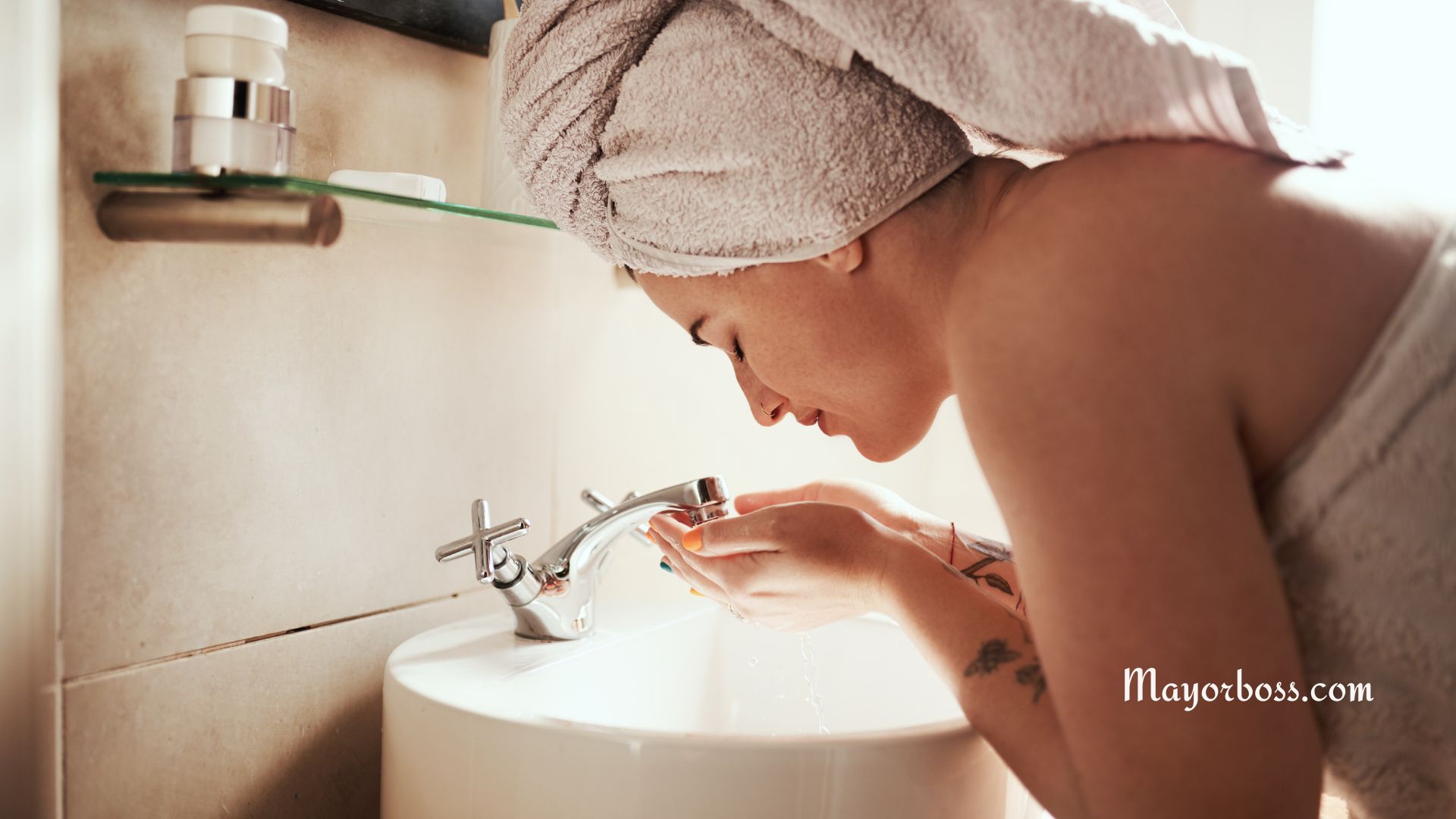6 Ways to Treat Melasma
Melasma, a skin condition characterized by brown patches on the skin, can significantly impact one’s confidence and self-esteem. However, with the right treatment approach, you can manage and even reduce its appearance. This article delves into six practical ways to treat Melasma and regain your skin’s natural look.
Things You Should Know About Melasma
Before we talk about the different ways to treat Melasma, it’s vital to understand what it is and what causes it. Melasma presents as brown patches on the skin, typically appearing on the face, particularly the cheeks, bridge of the nose, forehead, and upper lip.
It is oftentimes associated with hormonal changes such as pregnancy or contraceptive use, as well as sun exposure. Melasma is more common in women, but it can also affect men, according to the American Academy of Dermatology.
The Ways to Treat Melasma
1. Sun Protection
One of the most effective ways to manage Melasma is by protecting your skin from the sun. Sun exposure can intensify Melasma by triggering melanocytes, the cells responsible for skin color. Here’s how you can protect your skin:
- Use sunscreen: Apply a broad-spectrum sunscreen with an SPF of 30 or higher every day, regardless of the weather. This will shield your skin from both UVA and UVB rays.
- Wear protective clothing: Hats, sunglasses, and long-sleeved clothing can further reduce your skin’s exposure to harmful sun rays.
2. Topical Treatments
Topical treatments are often the first line of defense against Melasma. These creams, lotions, or gels are applied directly to the skin to lighten the dark patches.
- Hydroquinone: This is a skin-bleaching agent that can lighten the dark patches of Melasma. In fact, dermatologists use 4% hydroquinone to treat melasma.
- Tretinoin and corticosteroids: These may be used in combination with hydroquinone to enhance skin lightening.
- Other topical medicines: These may include azelaic acid or kojic acid, which can also lighten Melasma.
Remember, it’s crucial to consult with a healthcare provider or dermatologist before starting any new treatment.
3. Medical Procedures
If topical treatments aren’t enough, several medical procedures could help reduce the appearance of Melasma, such as:
- Chemical peels: This treatment uses a solution to remove the outer layer of old skin. The new skin that forms is usually smoother and less affected by Melasma.
- Microdermabrasion: This procedure involves a specialized machine that removes the outermost layer of skin cells, potentially lightening the areas affected by Melasma.
- Laser treatments: Laser treatments can target and lighten the dark patches caused by Melasma. However, these procedures must be done with caution as they can sometimes worsen Melasma.
4. At-home Remedies
Apart from professional treatments and medications, various at-home remedies might assist in reducing the visibility of Melasma. While scientific evidence may not fully support these remedies, many individuals have reported success with them. They include:
- Aloe Vera Gel: Aloe Vera is genuinely known for its skin-healing properties. Applying aloe vera gel to the affected areas may assist in skin lightening and improvement of skin elasticity.
- Turmeric: Known for its anti-inflammatory and antioxidant properties, turmeric might aid in reducing Melasma’s appearance. A face mask made by mixing turmeric powder with milk or yogurt and applying it to the affected areas might help.
- Lemon Juice: Lemon juice naturally acts as a natural bleaching agent due to its acidic properties and can be applied to lighten dark patches.
- Onion Juice: Onion juice mixed with apple cider vinegar can also serve as a natural remedy for Melasma. The sulfur compounds present in onion and the acetic acid in apple cider vinegar can lighten the skin.
- Green Tea Extract: A compress of green tea extract can be applied to the affected areas. The compounds present in green tea have skin-lightening properties.
- Oatmeal Mask: Oatmeal can help exfoliate the skin, potentially lightening Melasma. A mask can be made by mixing oatmeal with milk and honey.
Remember, these remedies should be used with caution and complemented with proper sun protection. Results can vary among individuals, and what works for one might not work for another. It’s always advisable to perform a patch test before applying any new remedy to larger skin areas.
5. Oral Medications
Certain oral medications can help treat Melasma. For instance, tranexamic acid, an oral medication usually used to reduce heavy menstrual bleeding, can help reduce Melasma symptoms when taken under the supervision of a dermatologist.
6. Lifestyle Changes
Lifestyle changes can play a significant role in managing Melasma. This includes managing stress levels, as high stress can worsen Melasma, and maintaining a healthy diet rich in antioxidants to protect the skin from damage.
Remember, each person’s experience with Melasma is unique. What works for one person may not work for another, so it’s crucial to be patient and keep trying different treatments until you find one that works for you.
Conclusion
Melasma can be a challenging condition to live with, but remember, there’s no need to lose hope. With the right combination of sun protection, topical treatments, medical procedures, at-home remedies, oral medications, and lifestyle changes, you can manage your Melasma and restore your skin’s health. Always consult with a healthcare provider or dermatologist before starting any new treatment to ensure it’s safe and right for your specific needs.
Further Reading: 6 Natural Ways to Remove Brown Spots from Skin






